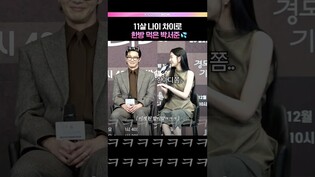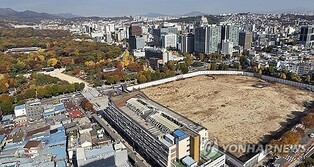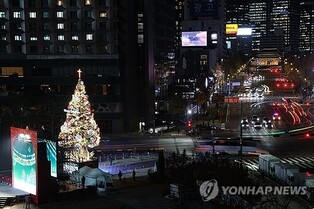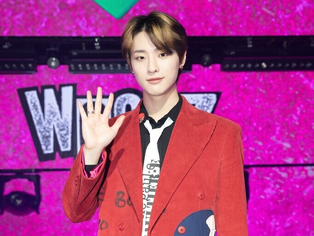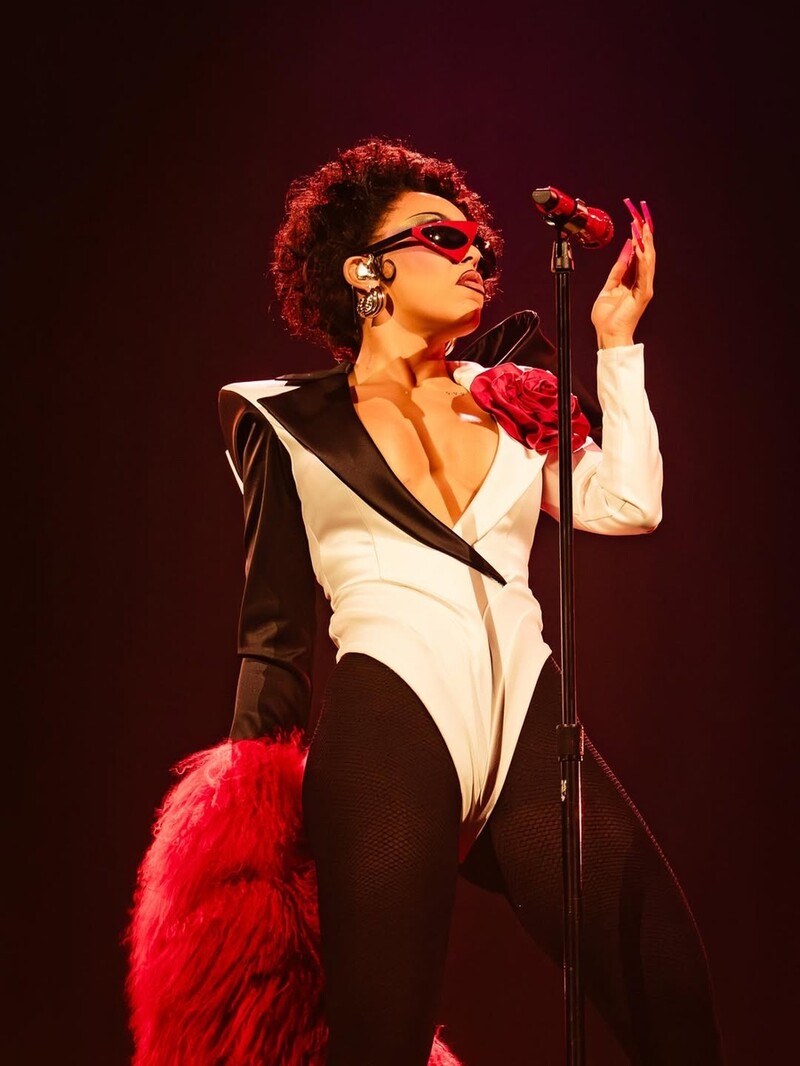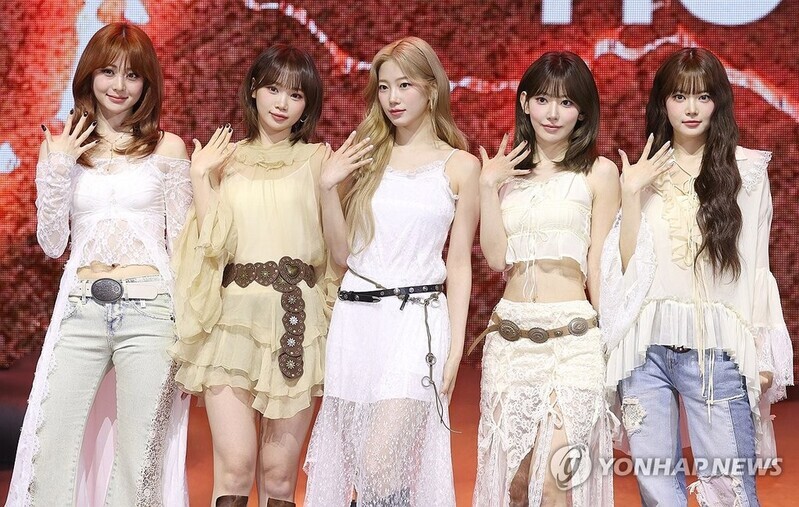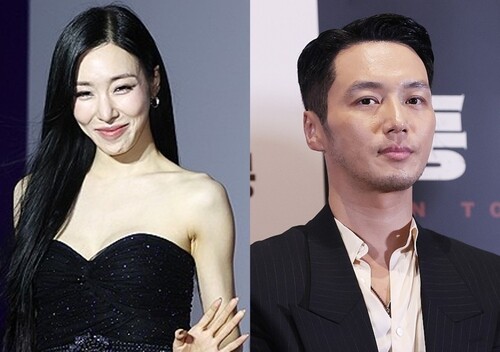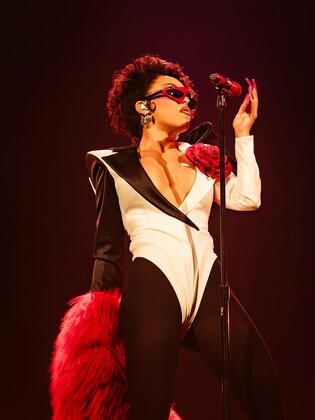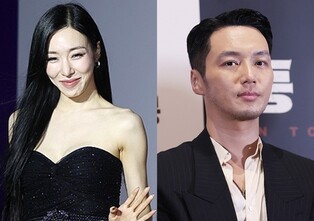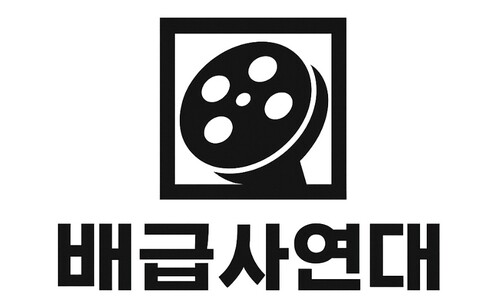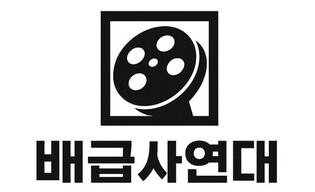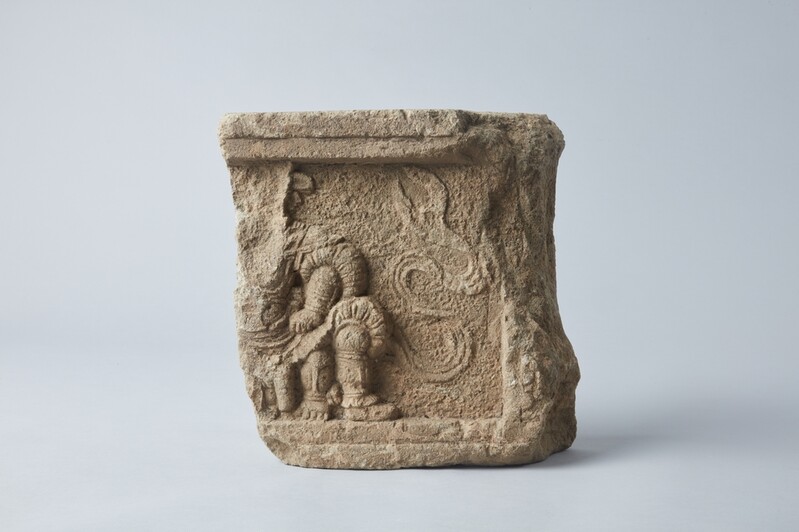 |
| ▲ This photo, provided by Gyeongju National Museum, shows the Heavenly Generals statues from the historic site attributed to the Hwangboksa Temple. (PHOTO NOT FOR SALE) (Yonhap) |
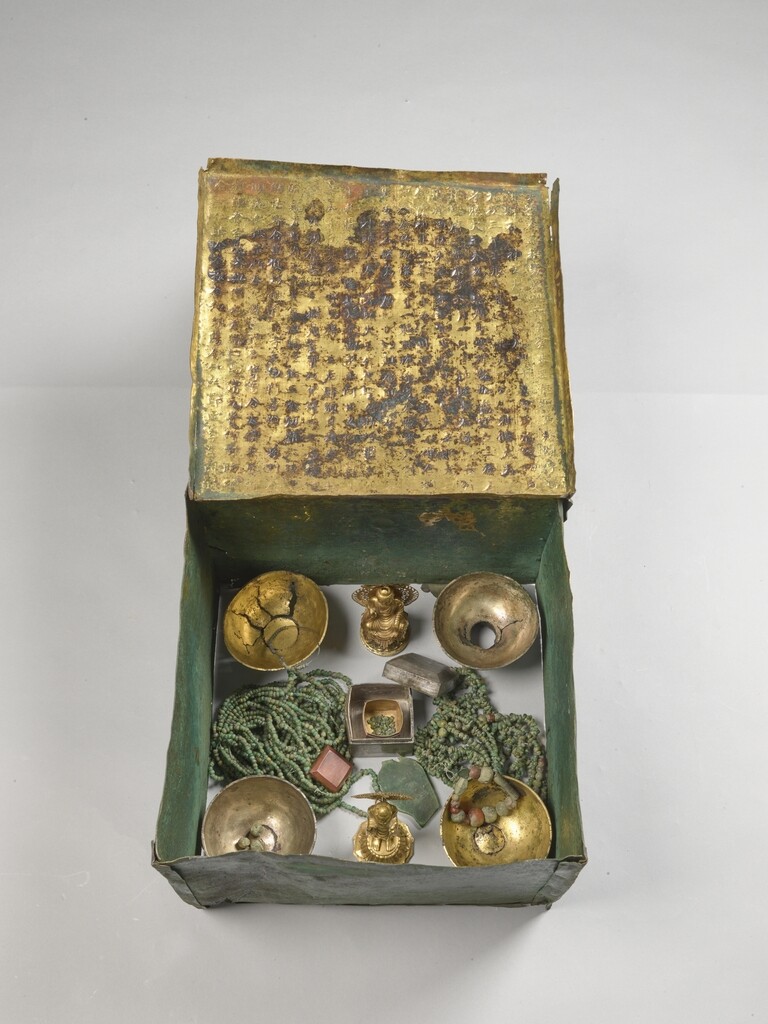 |
| ▲ This photo, provided by Gyeongju National Museum, shows the sarira reliquary set from the historic site attributed to the Hwangboksa Temple. (PHOTO NOT FOR SALE) (Yonhap) |
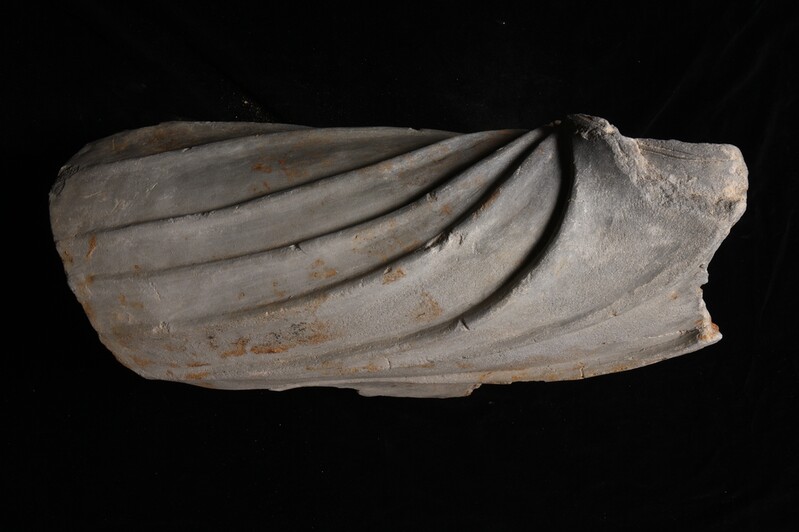 |
| ▲ This photo, provided by Gyeongju National Museum, shows a fragment of the seated Buddha from the Neungjitap Stupa Site. (PHOTO NOT FOR SALE) (Yonhap) |
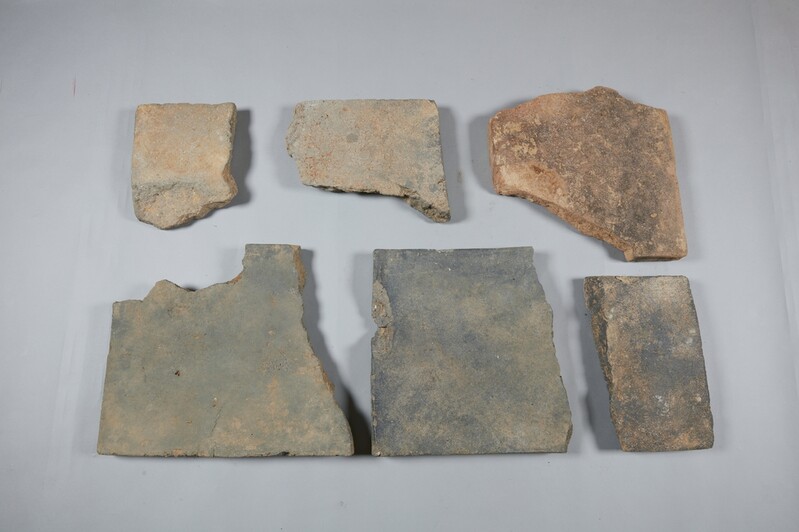 |
| ▲ This photo, provided by the Gyeongju National Museum, shows the relics excavated from the Neungjitap Stupa Site. (PHOTO NOT FOR SALE) (Yonhap) |
SEOUL, June 15 (Yonhap) -- “The historic site attributed to Hwangboksa Temple” in Nangsan Mountain, Gyeongju, North Gyeongsang Province, is known as an unknown and enigmatic ruin in the cultural heritage world.
First of all, the name of this site is not certain from the name of the ruins, so while it seems like there was a temple in the Silla period called Hwangboksa, the name of the temple is not certain. Whether or not this is where Hwangboksa Temple was located, Hwangboksa Temple is a temple where one of the famous Buddhist monks during the Silla period, Uisang, became a monk in 654.
In the special exhibition, “Nangsan, A Sacred Mountain in Silla Kingdom” that opened on June 15 at the Gyeongju National Museum, roof tiles related to the site of Hwangboksa Temple in Guhwang-dong, Gyeongju, are displayed in one place. Letters are engraved on the roof tiles and while words like “Hwangbok” are engraved, there are also many other letters.
“When the roof tile with the word ‘wangbok’ was discovered in 1966, most of the people agreed on the opinion that the site should be regarded as Hwangboksa. However, as only roof tiles with the words ‘Inbaeksa’ and ‘Seonwonsa’ have been excavated these days, the controversy continued,” explained Lee Hyun-tae, curator at the Gyeongju National Museum.
Many artifacts related to Hwangboksa Temple were exhibited in the special exhibition introducing the cultural heritage of Nangsan, which received less attention compared to the taller and wider Namsan in Gyeongju.
Among them, the sarira reliquary set excavated from the three storied stone of Hwangboksa Temple in Guhwang-dong, Gyeongju, and the Buddhist statues caught the attention of the public. On the inside of the gilt-bronze enclosure lid of the sarira reliquary set, the history for enshrining the sarira reliquary set was recorded and had 99 ornaments of stupas that were expressed with dots.
The national treasures, Gold Seated Buddha from Guhwang-dong, Gyeongju and Gold Standing Buddha from Guhwang-dong, Gyeongju, which are 12 to 14cm tall, are made of pure gold.
“The Gold Standing Buddha seems to have been made when the stone pagoda was made in 692, while the Gold Seated Buddha is estimated to have been made in 706, when the sarira reliquary set was enshrined,” said Shin So-yeon, curator of the National Museum of Korea. “It is the essence of Buddhist sculpture with sophisticated and detailed casting techniques."
Behind the sarira reliquary set, various stone monuments from the historic site attributed to Hwangboksa Temple, have been exhibited. These stone monuments are classified into two types based on the stone material and its typeface.
“Since Choi Nam-ju and Osaka Kintaro first discovered the fragments of the monument in 1935, more than 15 stone monuments have been discovered,” said researcher Lee. “If you look at the method of the way it records people, it is possible that the Unified Silla Seongjeon Temple was installed at the historic site attributed to Hwangboksa Temple for a certain period of time.”
Seongjeon (成典) was a government office established by the Silla Dynasty for temple management, and was located at places including Sacheonwangsa Temple Site, Bongseongsa, Gamunsa, and Yeongheungsa.
“While there is still controversy over the role of Seongjeon Temple, it is clear that it had a strong patriotic character and served as a royal Buddhist temple (a temple to pray for the repose of the dead),” said researcher Lee. “At the center of the temple that supported the legitimacy and sanctity of the king is the Sacheongwangsa Temple Site, Gyeongju, and the historic site attributed to Hwangboksa Temple.”
The Neungjitap Stupa Site, Gyeongju, a “mystery of Silla ruins,” is another ruin that the exhibition focuses on in the second half of the exhibition.
The Neungjitap Stupa Site, Gyeongju, on the west side of Nangsan was known as the cremation site of King Munmu of Silla in the past. However, after excavations were conducted in the 1970s, there was a theory that it was the main building where it enshrined the main Buddha, and an opinion that said it was a pagoda with a unique shape.
At the time of the investigation, a rectangular stage about 5.8 m in width and a 4 m wide niche installed on four sides were confirmed. Fragments of clay seated Buddhas were found in the niche, where it enshrines the Buddhist statues.
In the exhibition hall, one will be able to see the foot, noses, and knees of the clay seated Buddhas. Additionally, convex tile, concave tile, ridge-end tile, Gilt-bronze Buddhas and Stone Buddhas were revealed.
“There is a theory that says it was made during the Goryeo Dynasty. However, as it is similar to Hoeamsa Temple Site, Yangju, it may have been completed in the Joseon Dynasty,” said Heo Hyeong-wook, a researcher at the National Museum of Korea about the 30 stone Buddha found at the Neungjitap Stupa Site, Gyeongju. “It is necessary to comprehensively consider the possibility that the Neungji Stupa Site may have been repaired in future generations.”
“The research on Nangsan is still in its infancy stage,” researcher Lee said. “I hope that this exhibition will stimulate academic discussions about the historic site attributed to Hwangboksa Temple site and Neungjitap Stupa Site.”
(This article is translated from Korean to English by Haemin Kim.)
(END)
(C) Yonhap News Agency. All Rights Reserved


















